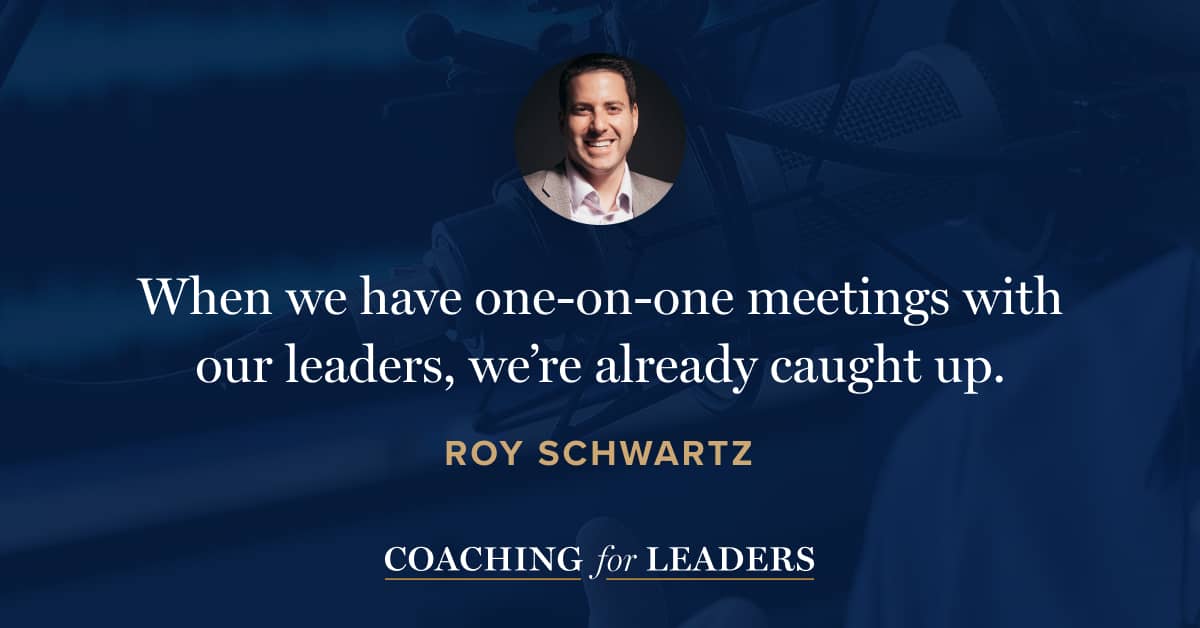Roy Schwartz: Smart Brevity
Roy Schwartz is co-founder and CEO at Axios HQ, the world’s first AI-powered internal communications management platform. He’s also the co-founder of Axios, the award-winning news organization known for its Smart Brevity writing style. He's the co-author, along with Jim VandeHei and Mike Allen of Smart Brevity: The Power of Saying More With Less*.
Most organizations spend way more time and strategy on external communications than internal ones. In this conversation, Roy and I discuss how your internal strategy can reduce email, save time, and create space for innovation and insight.
Key Points
- An effective, internal publication via email reduces the amount of total messaging people receive.
- Position one, big item in every publication. There should be a hierarchy of what’s important, since not everyone will read everything.
- Keep each topic to 200 words and under 1,000 words for the entire publication.
- For each topic, start with a strong, first sentence — and then provide context for why it matters.
- Find a word other than “newsletter” to name a regular, internal publication.
- Bring personality and smiles into internal publications. People will engage and look forward to reading.
- Done well, internal publications help inform, recognize, provide accountability, and allow leaders to focus on the human aspects of communication.
Resources Mentioned
- Smart Brevity: The Power of Saying More With Less* by Jim VandeHei, Mike Allen, and Roy Schwartz
- Axios HQ: AI-powered newsletter software
Interview Notes
Download my interview notes in PDF format (free membership required).
Related Episodes
- The Way to Make Sense to Others, with Tom Henschel (episode 518)
- Getting Better at Reading the Room, with Kirstin Ferguson (episode 651)
- Get People Reading What You’re Sending, with Todd Rogers (episode 666)
Discover More
Activate your free membership for full access to the entire library of interviews since 2011, searchable by topic. To accelerate your learning, uncover more inside Coaching for Leaders Plus.





